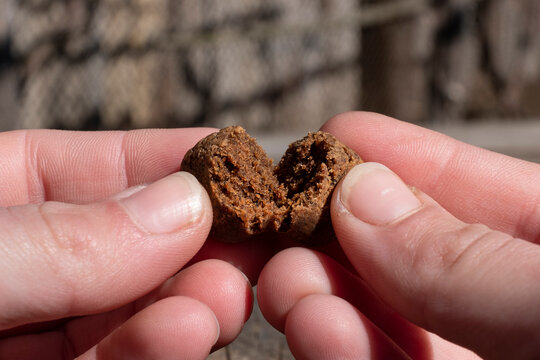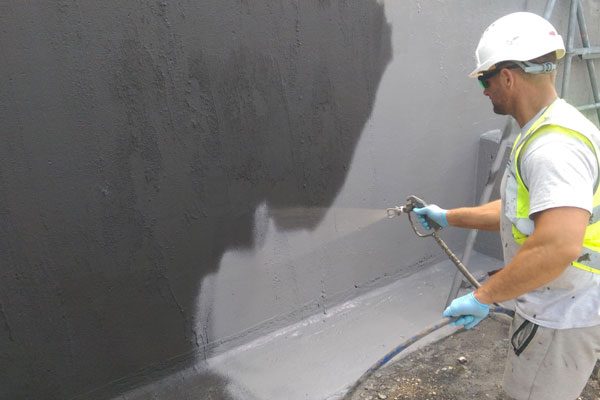Ice sculptures are carved from ice by skilled artists. The perishability of ice sculptures makes them extremely one-of-a-kind in both development and application.
Ice sculptors create for high-profile occasions, pricey restaurants, hotels, private parties, conventions, and so on. Ice sculptors must be able to operate swiftly while maintaining extreme accuracy and deal with a notoriously demanding and expensive clientele.
An ice sculpture is a sculptural work of ice, as the name implies. Chinese artists began creating these kinds of sculptures in the 16th century. Hunters and fishermen at that time would capture buckets of water and hollow out the middle to make them into ice sculptures. Candles could then be inserted into these rudimentary ice sculptures, giving them lightly for use
The first elaborate ice sculptures were made by the Russians, however. Empress Anna Ivanovna of Russia, in the middle of the 18th century, decided she wanted a personal ice castle. The entire structure was constructed of ice and included ice trees, animals, cannonballs, and even trees.
Ice sculptures have evolved considerably in terms of scale and complexity. Today, ice constructions range in size from tiny table centerpieces to enormous ice buildings. The smaller ice sculptures are generally made for parties and other events like weddings, holidays, and birthdays. Larger ice sculptures, on the other hand, are most often produced during major ice festivals that
Most of the time, an ice sculpture is formed with big blocks of ice. Smaller sculptures are made much as other sculptures are made – little pieces of ice are taken away one at a time to achieve the desired outcome. Larger ice sculptures, on the other hand, commonly require fastening huge ice chunks together with water before sculpting them
What Does an Ice Sculptor Do?
An ice sculptor must come up with a plan and build the sculpture first before even a tiny piece of ice is taken from an embryonic ice sculpture. This design is frequently determined by the sculptor’s clients in many situations.
If this is the case, an ice sculptor will usually meet or converse with his customer before beginning work to establish the client’s requirements. In other situations, an ice sculptor may just be responsible for coming up with a sculpture’s concept as well as constructing it.
After determining what sort of work of art he wants to create, an ice sculptor must locate a piece of ice that is appropriate for him. The largest and completely transparent blocks of ice are the most sought-after. Because ordinary water becomes hazy when it freezes, special precautions must be taken to produce block ice.
For example, slow-freezing water is more likely to produce crystal clear ice. This can be produced by naturally frozen water, such as from a river or lake. Distilled water may also be used in special machines to make particularly transparent ice blocks. Artists with skill might even make colored water using food coloring.
After the concept has been drawn and the ice block has been obtained or produced, an ice sculptor begins constructing his work of art by removing little pieces of ice from the block. Chainsaws, chisels, rotary tools, files, rasps, and torches are all tools that may be used to create ice sculptures.
Because ice melts rapidly in warm conditions, ice sculptors must be able to work swiftly to produce their works. Some artists are also responsible for delivering the sculptures intact and unbelted once they have been built. Refrigerated vehicles are sometimes utilized for this purpose.
Ice Sculptor Education & Training Requirements
Some ice sculptors are simply talented and fortunate enough to have started their careers as amateurs. For example, some organizations and art schools may provide weekend workshops and seminars on the fundamentals of ice sculpting.
More in-depth art programs, however, will usually give serious artists a chance to develop the skills necessary for an ice sculpting career. A sculpting degree, for instance, can help serious artists learn the necessary skills and techniques needed to accelerate in an ice sculpting career.
For anyone interested in the ice sculpting profession, why not check out the classes hosted by Hamilton Ice Sculptures by clicking here.



